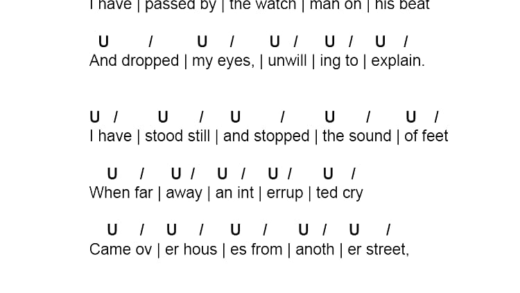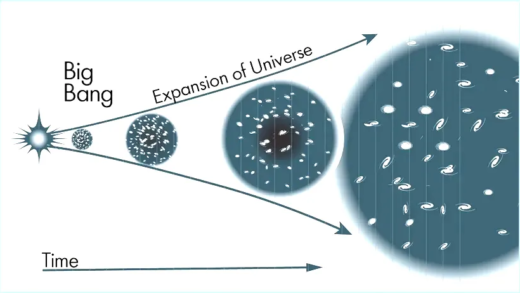Ugliest animals challenge our perceptions of beauty, playing vital roles in ecosystems. Misconceptions about these creatures often overlook their ecological significance. Exploring the idea of cuteness in ugly animals reveals subjective beauty, while scientific studies highlight their importance in biodiversity and research.
Ugliest Animals in the World
Ugliest animals are often overlooked, but they challenge our conventional notions of beauty. These unconventional creatures can evoke surprise, disgust, or even fascination. Examples include the blobfish, axolotl, and the naked mole rat. Each of these animals showcases unique characteristics that defy traditional beauty standards.
Need
Readers are curious about which animals fall under the category of ugly and why. Understanding what makes these creatures unattractive in human eyes is essential. Often, their unusual features are adaptations to their environments. Recognizing their roles in ecosystems reveals their importance, challenging the stigma around their appearance.
Unique Features of Ugly Animals
Ugly animals possess unique features that set them apart in the animal kingdom. For instance, the blobfish’s gelatinous body allows it to thrive in deep-sea habitats. The axolotl, with its frilly gills, can regenerate lost limbs, showcasing remarkable biological traits. These features, while deemed unattractive, serve vital functions for survival.
Adaptations
Adaptations of ugly animals help them thrive despite their looks. The naked mole rat, for example, is nearly hairless, which helps regulate body temperature in its underground habitat. Their social structure allows them to live in colonies, sharing resources and protection. Such adaptations prove that even the ugliest animals have evolved to succeed in their environments.
The Naked Mole Rat
The naked mole rat is often dubbed one of the ugliest animals in the world, yet it possesses intriguing characteristics that make it a remarkable creature. With its hairless body and wrinkled skin, this little rodent may not win any beauty contests, but it is perfectly adapted to its underground lifestyle. These critters live in large colonies, showcasing a unique social structure similar to that of bees. The naked mole rat’s teeth protrude from its mouth, allowing it to dig through tough soil with ease. Their unusual appearance and social behavior not only challenge our perceptions of beauty but also highlight their evolutionary success.
Interesting Facts
- Naked mole rats can live up to 30 years, significantly longer than most rodents.
- They are resistant to cancer, making them a subject of scientific research.
- Their skin is not just ugly; it is also nearly devoid of pain sensitivity, which helps them thrive in their harsh environment.
- These animals can survive in low-oxygen conditions, which is crucial for life underground.
- Their unique social structure features a single breeding female, much like a queen bee, while the others act as workers.
These quirky facts about naked mole rats reveal not just their unique biological traits but also their vital role in their ecosystems.
Ecosystem Roles
Ugly animals, like the naked mole rat, play essential roles in their ecosystems. They aerate the soil as they dig, promoting plant growth and contributing to nutrient cycling. This digging behavior helps maintain healthy ecosystems, allowing various plant species to thrive. Naked mole rats also serve as prey for larger animals, thus supporting the food chain. By understanding the ecosystem roles of these so-called ugly animals, we can appreciate their importance in maintaining biodiversity. Their unique adaptations and behaviors illustrate that beauty is not the only measure of an animal’s value in nature.
Misconceptions About Ugly Animals
Ugliest animals often face unfair stereotypes that misrepresent their roles in nature. Many people believe that these animals, due to their looks, are harmful or insignificant. In reality, ugly animals play crucial roles in maintaining ecological balance. For instance, the naked mole rat is not just a peculiar sight; it is vital for soil aeration, which benefits plant life. Misconceptions also extend to the idea that their appearance indicates poor health or low survival skills. On the contrary, many of these creatures have adapted excellently to their environments, demonstrating resilience. Understanding these misconceptions helps shift perceptions, highlighting the importance of all animals, regardless of their looks.
Can Ugly Animals Be Cute?
Beauty is subjective, and the idea that ugly animals can be cute is gaining traction. Many people find charm in the quirks of these animals, like the wrinkled skin of the naked mole rat or the blobfish’s droopy appearance. This perspective challenges societal standards of beauty, encouraging us to appreciate diversity in nature. Moreover, some studies suggest that the unconventional traits of these animals can evoke empathy, leading to a deeper appreciation for them. As humans, we often assign cuteness to animals based on cultural and social influences, but when we look closer, we may find unexpected beauty in the so-called ugliest animals.
Scientific Importance of Ugly Animals
Scientists emphasize the ecological significance of ugly animals, recognizing them as key players in their ecosystems. For example, the naked mole rat’s ability to thrive in low-oxygen environments provides insights into survival strategies that could inform medical research. Ugly animals often possess unique biological traits that can inspire innovations in various fields, including medicine and environmental science. Their existence supports biodiversity, proving that every species, regardless of appearance, contributes to the health of our planet. By studying these creatures, scientists can uncover vital information about adaptation, survival, and ecosystem dynamics.





Comments are closed.